Scientists unveil most accurate virtual representation of the Universe
Saturday, 12 February 2022 02:34 Scientists have produced the largest and most accurate virtual representation of the Universe to date. An international team of researchers, led by the University of Helsinki, and including members from Durham University in the UK, used supercomputer simulations to recreate the entire evolution of the cosmos, from the Big Bang to the present. The findings are published in the Monthly Notices of
Scientists have produced the largest and most accurate virtual representation of the Universe to date. An international team of researchers, led by the University of Helsinki, and including members from Durham University in the UK, used supercomputer simulations to recreate the entire evolution of the cosmos, from the Big Bang to the present. The findings are published in the Monthly Notices of New planet detected around star closest to the Sun
Saturday, 12 February 2022 02:34 A team of astronomers using the European Southern Observatory's Very Large Telescope (ESO's VLT) in Chile have found evidence of another planet orbiting Proxima Centauri, the closest star to our Solar System. This candidate planet is the third detected in the system and the lightest yet discovered orbiting this star. At just a quarter of Earth's mass, the planet is also one of the lightest exopl
A team of astronomers using the European Southern Observatory's Very Large Telescope (ESO's VLT) in Chile have found evidence of another planet orbiting Proxima Centauri, the closest star to our Solar System. This candidate planet is the third detected in the system and the lightest yet discovered orbiting this star. At just a quarter of Earth's mass, the planet is also one of the lightest exopl Planetary bodies observed in habitable zone of dead star
Saturday, 12 February 2022 02:34 A ring of planetary debris studded with moon-sized structures has been observed orbiting close to a white dwarf star, hinting at a nearby planet in the "habitable zone" where water and thus life could exist, according to a new study led by UCL researchers. The research is published in Monthly Notices of the Royal Astronomical Society.
For the new study, researchers observed WD1054-226, a w
A ring of planetary debris studded with moon-sized structures has been observed orbiting close to a white dwarf star, hinting at a nearby planet in the "habitable zone" where water and thus life could exist, according to a new study led by UCL researchers. The research is published in Monthly Notices of the Royal Astronomical Society.
For the new study, researchers observed WD1054-226, a w New chemical pathway allows for Peptides to form on cosmic dust grains
Saturday, 12 February 2022 02:34 Researchers from the University of Jena and the Max Planck Institute for Astronomy have demonstrated an unusual new form of chemical reaction that could allow some of the smallest biomolecules, namely peptides, to form on the icy surface of dust grains in outer space.
Peptides are one of the basic building blocks of life, and the new discovery bolsters scenarios in which complex organic mo
Researchers from the University of Jena and the Max Planck Institute for Astronomy have demonstrated an unusual new form of chemical reaction that could allow some of the smallest biomolecules, namely peptides, to form on the icy surface of dust grains in outer space.
Peptides are one of the basic building blocks of life, and the new discovery bolsters scenarios in which complex organic mo New detection method for quasars in the early Universe
Saturday, 12 February 2022 02:34 Astronomers from Leiden Observatory have developed a new method to find distant quasars and better distinguish them from other objects that look like them, using machine learning techniques. The research result has been accepted for publication in the journal Astronomy and Astrophysics. It is the last article to be co-authored with Maolin Zhang, the promising Leiden PhD student of Chinese origin
Astronomers from Leiden Observatory have developed a new method to find distant quasars and better distinguish them from other objects that look like them, using machine learning techniques. The research result has been accepted for publication in the journal Astronomy and Astrophysics. It is the last article to be co-authored with Maolin Zhang, the promising Leiden PhD student of Chinese origin Wyvern gets funding to expand hyperspectral imaging market
Friday, 11 February 2022 20:56
Wyvern has secured funds for deployable optics technology that the Canadian startup believes is key to creating a thriving commercial marketplace for hyperspectral imagery.
The post Wyvern gets funding to expand hyperspectral imaging market appeared first on SpaceNews.
First JWST images show mirror alignment going as planned
Friday, 11 February 2022 18:30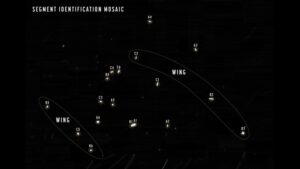
An initial set of images taken by NASA’s James Webb Space Telescope shows that the spacecraft’s primary mirror is performing as expected during its months-long alignment process.
The post First JWST images show mirror alignment going as planned appeared first on SpaceNews.
Webb telescope spots its first star—and takes a selfie
Friday, 11 February 2022 18:13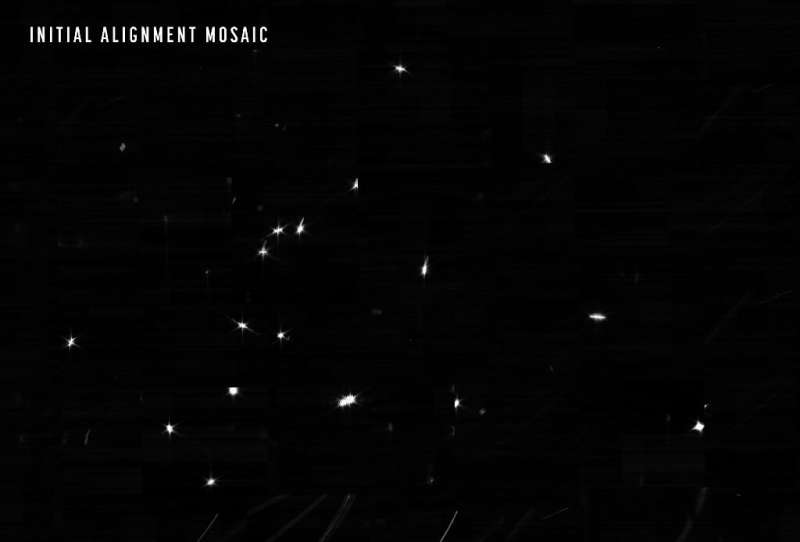
Star light, star bright, the James Webb Space Telescope has seen its first star (though it wasn't quite tonight)—and even taken a selfie, NASA announced Friday.
The steps are part of the months-long process of aligning the observatory's enormous golden mirror that astronomers hope will begin unraveling the mysteries of the early Universe by this summer.
The first picture sent back of the cosmos is far from stunning: 18 blurry white dots on a black background, all showing the same object: HD 84406 a bright, isolated star in the constellation Ursa Major.
Photons received: Webb sees its first star – 18 times
Friday, 11 February 2022 14:30
The James Webb Space Telescope is nearing completion of the first phase of the months-long process of aligning the observatory’s primary mirror using the Near Infrared Camera (NIRCam) instrument.
ESA's Vega rocket marks ten years with countdown to more powerful successor
Friday, 11 February 2022 14:14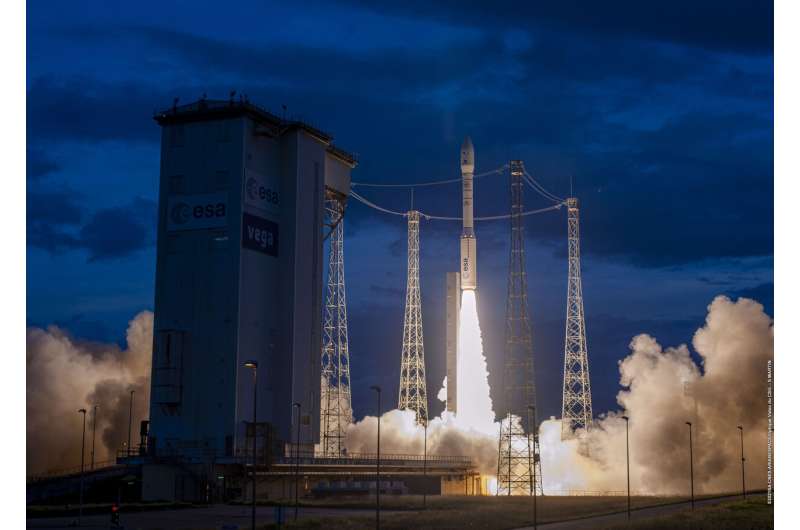
Ten years ago today, ESA opened a new era of independent access to space with the inaugural flight of its small launcher Vega. Flying from Europe's Spaceport in French Guiana, Vega has gone on to earn a reputation for precision and versatility in anticipation of a more capable version, Vega-C.
Placing medium-sized satellites into the low Earth polar orbits that are ideal for scientific and Earth observation missions—about 1430 kg to 700 km—is Vega's trademark capability. But the vehicle has also delivered an ESA science mission to deep space—the gravitational wave detector demonstration mission, LISA Pathfinder—and followed the equatorial flight path needed for an experimental IXV "lifting body" payload that paved the way for a European launchpad-to-runway space transportation service, with ESA's uncrewed Space Rider vehicle.
Snow-washed Greece
Friday, 11 February 2022 13:21 Image:
Image:
Rare snowfall over Greece may be the new normal.
For the second year in a row, Greece experienced unprecedented amounts of snow, blanketing the country in white. ESA astronaut Matthias Maurer took this bird’s eye view of the town of Chalcis, along the Euboean Gulf, from the International Space Station in early February.
He posted to social media, noting, “In keeping with its national colours, wintry Greece presented itself in blue and white.”
Storm Elpida swept across Greece and also parts of Turkey, causing mass disruption to the Mediterranean country known more for white-sand beaches and whitewashed homes than snow.
While hard
Week in images: 7 - 11 February 2022
Friday, 11 February 2022 13:03
Week in images: 7 - 11 February 2022
Discover our week through the lens
ESA’s Vega rocket marks ten years with countdown to more powerful successor
Friday, 11 February 2022 11:57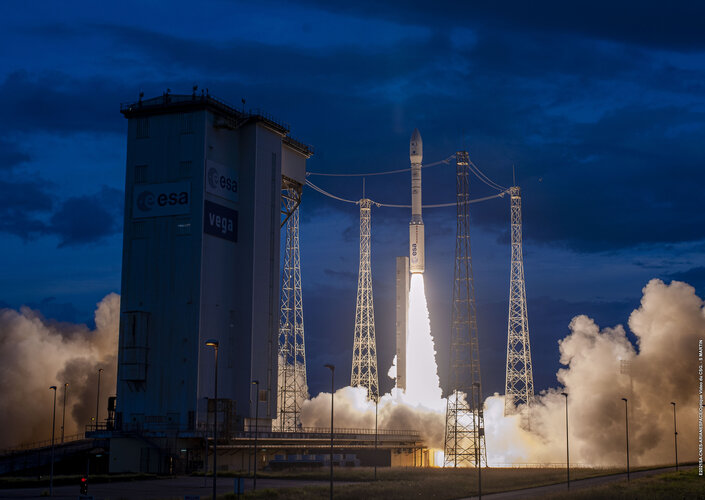
Ten years ago this week, 13 February 2012, ESA opened a new era of independent access to space with the inaugural flight of its small launcher Vega. Flying from Europe’s Spaceport in French Guiana, Vega has gone on to earn a reputation for precision and versatility in anticipation of a more capable version, Vega-C.
SpaceX considers shifting Starship testing to Florida
Friday, 11 February 2022 10:59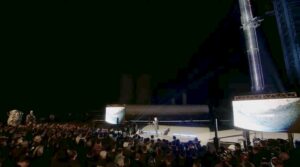
SpaceX is prepared to shift testing of its Starship next-generation launch vehicle from Texas to Florida if there are extended delays in an ongoing environmental review, company founder and chief executive Elon Musk said Feb.
The devil’s in the detail
Friday, 11 February 2022 10:00 Image:
The devil’s in the detail
Image:
The devil’s in the detail 
